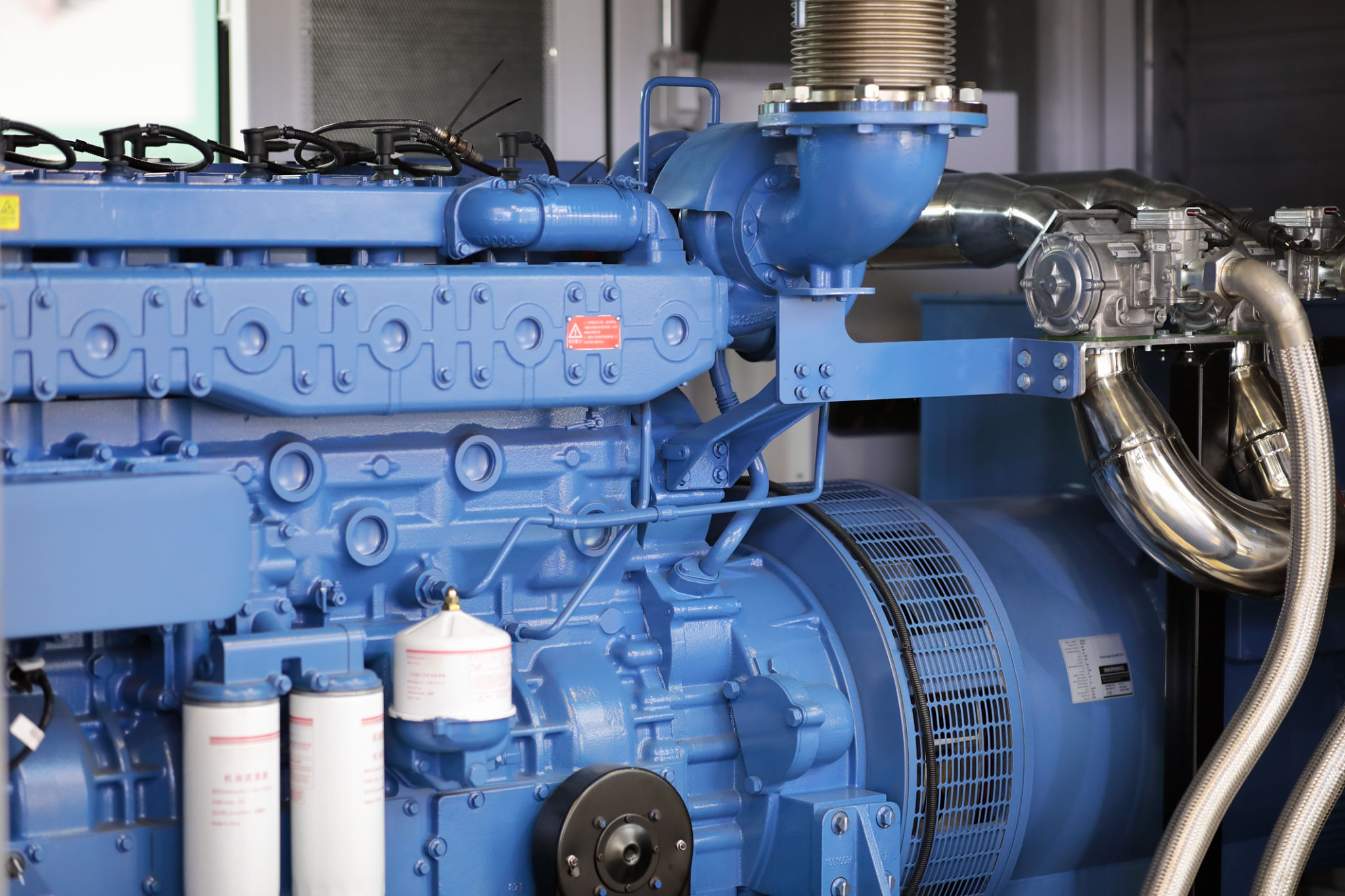Comparing DPF Cleaning Methods: Which is Right for Your Car?
Understanding DPF and Its Importance
The Diesel Particulate Filter (DPF) is a crucial component in modern diesel engines, designed to capture and store exhaust soot to reduce emissions. Over time, the filter becomes clogged with particulates, affecting engine performance and efficiency. Regular cleaning is essential to maintain optimal engine function and comply with environmental regulations.

Common DPF Cleaning Methods
There are several methods available for cleaning a DPF, each with its own advantages and drawbacks. Choosing the right method depends on factors like the vehicle's usage, budget, and maintenance schedule. Here, we explore some of the most common methods.
Passive Regeneration
Passive regeneration occurs naturally when the vehicle is driven at high speeds for extended periods. The high exhaust temperatures allow the soot particles in the DPF to burn off automatically. This method is convenient but not always practical for vehicles used mainly for short trips.
Active Regeneration
Active regeneration is triggered by the vehicle's onboard computer when the filter reaches a certain level of soot accumulation. This process involves injecting extra fuel into the system to raise the exhaust temperature and burn off the soot. While effective, it can increase fuel consumption and may require careful monitoring.

Professional DPF Cleaning Services
For a more thorough clean, professional DPF cleaning services are available. These services usually involve removing the DPF and using specialized equipment to clean it. This method is highly effective and can restore the filter to near-new condition but comes at a higher cost.
Ultrasonic Cleaning
Ultrasonic cleaning uses high-frequency sound waves to agitate a cleaning solution, effectively removing soot and ash from the DPF. This method is gentle yet thorough, making it ideal for heavily clogged filters. However, it requires professional equipment and expertise.

Hydrogen Cleaning
Hydrogen cleaning involves injecting hydrogen into the engine to raise combustion temperatures and clean the DPF. This method is less invasive and can be performed without removing the filter. It’s a quicker alternative but may not be as effective for filters with severe blockages.
Choosing the Right Method for Your Vehicle
When deciding on a DPF cleaning method, consider factors such as the age and condition of your vehicle, driving habits, and budget. Regular maintenance and choosing the right cleaning method can extend the life of your DPF and improve your vehicle's performance.
Consulting with a professional mechanic can provide valuable insights and recommendations tailored to your specific needs. By ensuring your DPF is clean and functioning properly, you contribute to better engine efficiency and reduced environmental impact.
